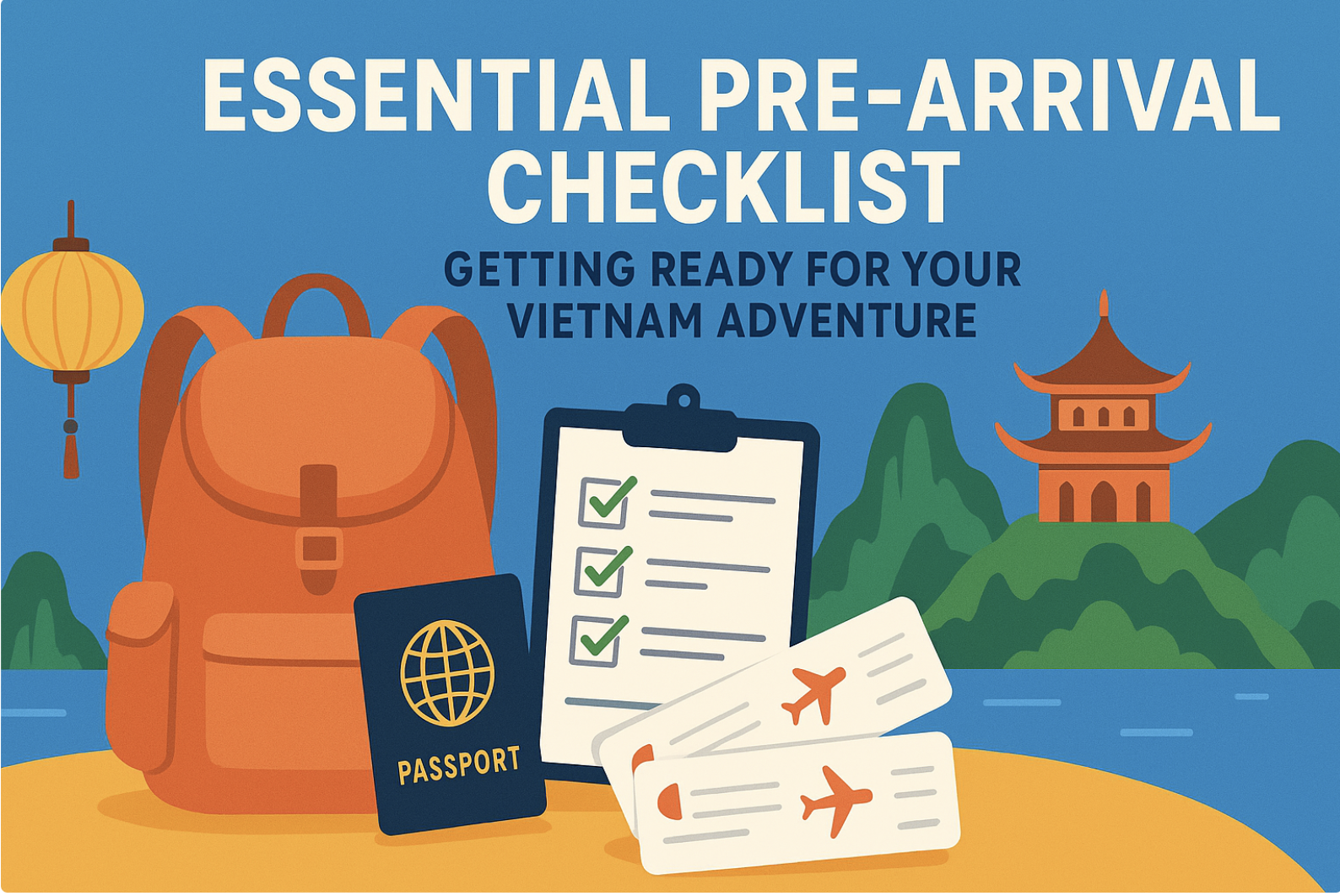
Last update: Monday October 22, 2025
Planning your first trip to Vietnam?
Whether you’re dreaming of the limestone cliffs of Ha Long Bay, the lantern-lit streets of Hoi An, or the vibrant bustle of Ho Chi Minh City, preparation is key to making your experience smooth and unforgettable.
This essential pre-arrival checklist for Vietnam covers everything you need to know before you go—from visas and vaccinations to packing tips and cultural etiquette.
Quick Summary: Vietnam Travel Essentials at a Glance
Before you dive into the details, here’s a snapshot of what you’ll need to prepare:
Visa and travel documents
Money and payment options
Health and safety essentials
Packing must-haves for Vietnam’s climate
Cultural awareness and basic Vietnamese phrases
Foreigners who enter Vietnam should check if your nationality requires a visa to enter Vietnam. Many travelers can enter visa-free for short stays ranging from 14 to 45 days, while others need an eVisa or a Visa On Arrival (both need you to apply online first). You can proactively check online whether your nationality requires a visa to enter Vietnam, or contact us for personalized advice through:
Hotline: +84.379.522.522
Email: sales@vietnam-immi.org
For your passport, you need to have it valid for at least six months and ensure your passport has a minimum of two (2) blank pages for visa stamps and entry/exit marks. Make sure to keep both printed and digital copies of your essential travel documents—including your passport, visa, and travel insurance—so you’ll be well-prepared in case of any loss or unexpected situation during your trip to Vietnam.
2. Health and Safety Preparations
Before traveling to Vietnam, it’s a good idea to prepare any allergy medications or personal medicines according to your health needs. Make sure to bring enough for your entire trip, keep them in their original packaging, and carry a copy of your prescription in case you need a refill or medical assistance during your stay.
Don’t forget to purchase comprehensive travel insurance that covers medical emergencies, trip cancellations, and lost luggage—while Vietnam’s healthcare system continues to improve, treatment at private hospitals can be costly without proper insurance coverage.

Photo: Collected
3. Money and Budget Planning
Vietnam’s official currency is the Vietnamese Dong (VND). While credit cards are increasingly accepted in major cities, cash remains the most common form of payment, especially in smaller towns, street markets, and local eateries. ATMs are widely available across the country and usually accept international debit and credit cards.
It’s a good idea to carry some small bills for everyday purchases like taxis, food stalls, and local shops. In terms of costs, Vietnam is generally an affordable destination—budget travelers can expect to spend around $25–$40 per day, mid-range travelers around $50–$100, and luxury travelers about $150 or more depending on comfort and activity choices.
4. What to Pack for Vietnam Trip
Clothing:
Lightweight, breathable clothes for the warm southern regions.
A light jacket or sweater for the cooler northern areas and mountain destinations like Sapa.
Comfortable walking shoes for exploring cities and nature spots.
A raincoat or poncho for unexpected tropical showers.
Swimwear for beach destinations.
Modest outfits for visiting temples and religious sites.
Travel Essentials:
A universal power adapter and portable charger to keep your devices powered.
A reusable water bottle to stay hydrated and reduce plastic waste.
Toiletries & Health Items:
Sunscreen and insect repellent for outdoor protection.
Hand sanitizer and basic toiletries.
A small first-aid kit with essential medicines for minor needs.
With these items, you’ll be well-prepared and comfortable throughout your journey across Vietnam’s diverse regions.
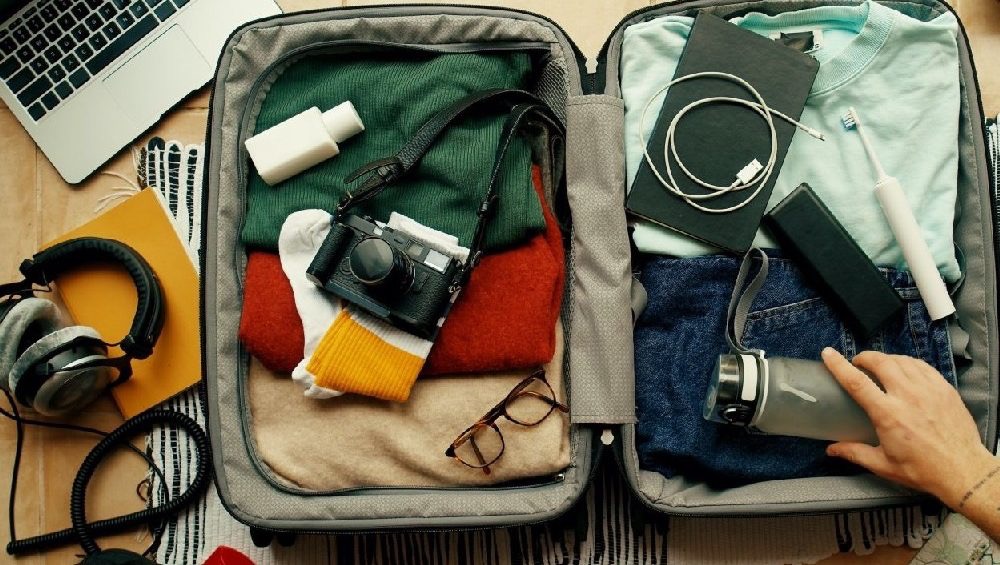
Photo: Collected
5. Learn the Basics and Stay Connected in Vietnam
Language & Etiquette
While English is widely spoken in tourist destinations, learning a few Vietnamese words shows respect and helps you connect with locals:
Hello – Xin chào
Thank you – Cảm ơn
How much? – Bao nhiêu tiền?
Delicious – Ngon quá
When exploring temples or local homes, remember to dress modestly, remove your shoes before entering, and avoid touching people’s heads or pointing your feet at others. Staying calm, patient, and polite is highly valued in Vietnamese culture and will leave a positive impression wherever you go.
Connectivity & Communication
Vietnam offers strong 4G coverage and widespread Wi-Fi access in hotels, cafés, and restaurants. You can stay connected easily by:
Buying a local SIM card from Viettel, Mobifone, or Vinaphone (available at airports and convenience stores).
Using an eSIM, if your phone supports it, for instant connectivity.
Downloading useful apps such as Grab (transport), Google Maps (navigation)
Getting Around Vietnam
Transportation in Vietnam is convenient and affordable with:
Domestic flights connect major cities quickly and efficiently.
Trains offer scenic routes—especially between Hanoi and Da Nang.
In cities, Grab and taxis are the easiest ways to get around.
If you plan to rent a motorbike, make sure you have an international driving permit and always wear a helmet for safety.
With a few Vietnamese phrases, proper etiquette, reliable connectivity, and easy transportation options, you’ll be fully prepared to explore Vietnam confidently and comfortably.
6. Frequently Asked Questions
What’s the best time to visit Vietnam?
The best time to travel is from October to April when the weather is cooler and drier across most regions.
Can I drink tap water in Vietnam?
It's not recommended to drink tap water in Vietnam. As a precaution, drink bottled or filtered water. Most hotels provide complimentary bottled water daily.
Is Vietnam safe for solo travelers?
Yes. Vietnam is one of Southeast Asia’s safest destinations. Just use common sense—avoid showing valuables and be careful with street motorbike offers.
Whether you need a fast visa, airport fast track, private car, or eSIM, Vietnam-Immi.org is here 24/7 to support your trip.
Whatsapp: +84379522522
Hotline: +84.379.522.522
Email: sales@vietnam-immi.org
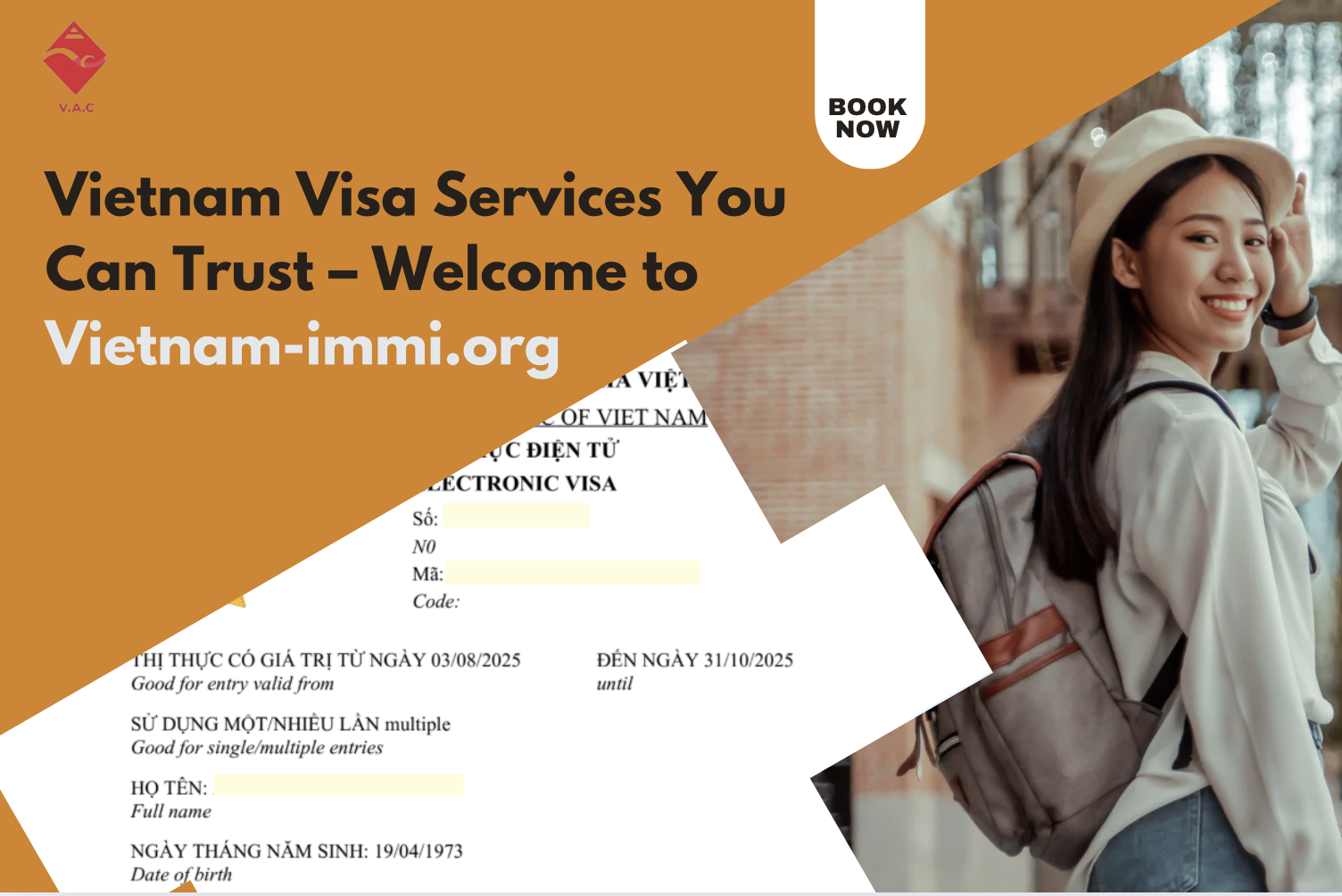
At Vietnam-immi.org, we are proud to be one of the most reliable and trusted names in online Vietnam visa services. Our platform is designed to provide secure, fast, and hassle-free visa solutions for travelers around the globe.
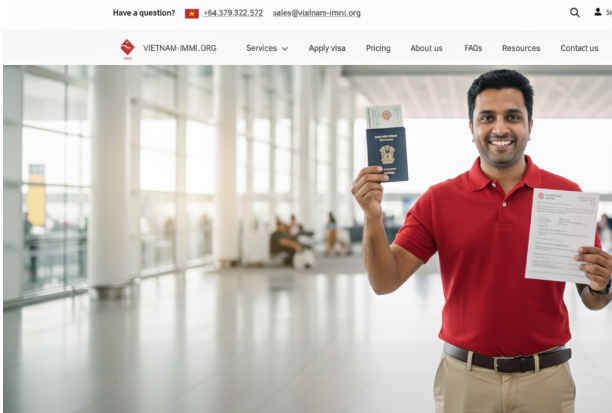
While you can apply directly via the Vietnam government portal, many travelers choose Vietnam-immi.org for the professional support, personal attention, and peace of mind we provide. Our services are tailored for travelers who value time, accuracy, and expert
Every application is reviewed by our visa specialists to ensure accuracy and completeness. This significantly reduces the risk of rejection due to errors or missing information.
We manage your entire visa process — from form submission to communication with immigration authorities. No paperwork hassles or confusing instructions.
Our dedicated support team is available around the clock, ready to assist you via email, whatsapp chat, or phone — even on weekends and holidays.
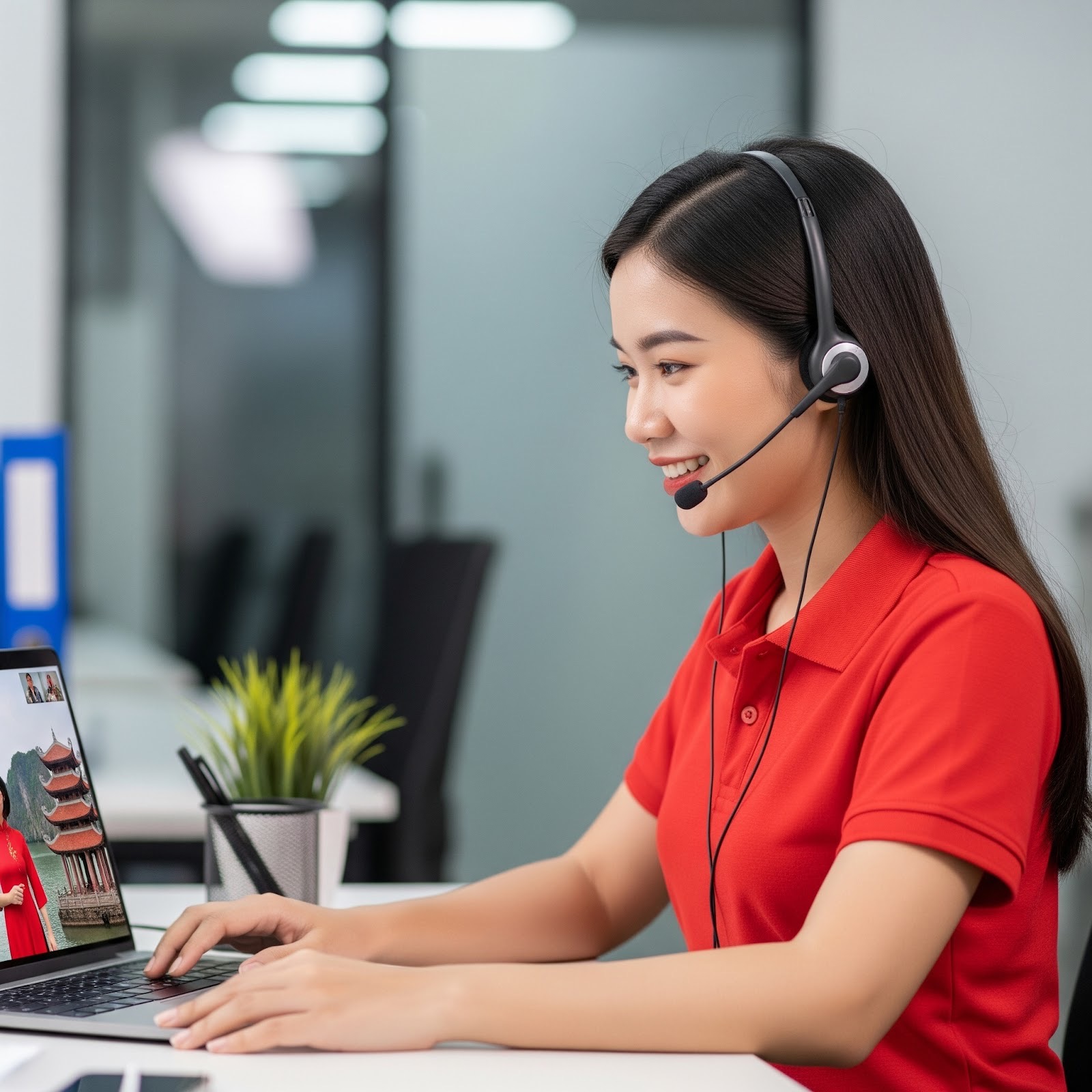
Thanks to our deep experience with Vietnam’s immigration system, we know how to navigate complex requirements — helping to improve your visa approval chances.
Need your visa urgently? We offer fast-track processing to meet tight travel deadlines.
We’ve assisted thousands of international travelers, including:
First-time visitors and frequent travelers
Business professionals on tight schedules
Families and group tourists
Digital nomads and long-term visitors
Travel agencies and corporate partners
Whether it’s a single-entry tourist visa or a detailed business visa application, we provide expert, personalized support every step of the way.
We’re committed to making your visa experience as smooth and stress-free as possible. Here’s what sets us apart:
A secure, easy-to-use online application system
Step-by-step support from experienced visa agents
Transparent pricing with no hidden fees
Fast, responsive customer service
A high success rate backed by positive client reviews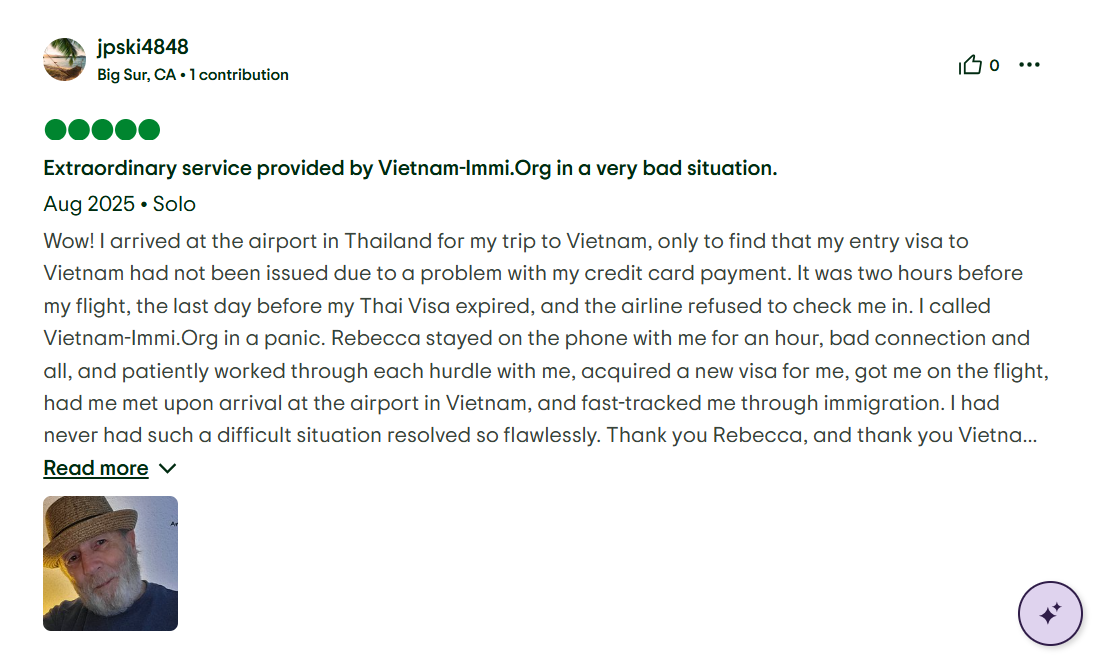
The review on TripAdvisor from the beloved customer
Applying with us is simple and straightforward:
Choose your visa type and complete our short online form
Upload your documents securely through our encrypted platform
Our experts review and process your application with care
Receive your visa digitally or get clear instructions for pickup
We handle the complex details — so you can focus on enjoying your trip.
Start Your Vietnam Visa Journey with Confidence
At Vietnam-immi.org, we blend local visa expertise with international service standards to deliver a seamless experience. As a trusted Vietnam Visa Services Center, we are committed to helping you travel confidently and securely.
Whether you're planning a business trip or a vacation, choose the visa experts trusted by thousands of travelers worldwide.
Whether you need a fast visa, airport fast track, private car, or eSIM, Vietnam-Immi.org is here 24/7 to support your trip.
Whatsapp: +84379522522
Hotline: +84.379.522.522
Email: sales@vietnam-immi.org
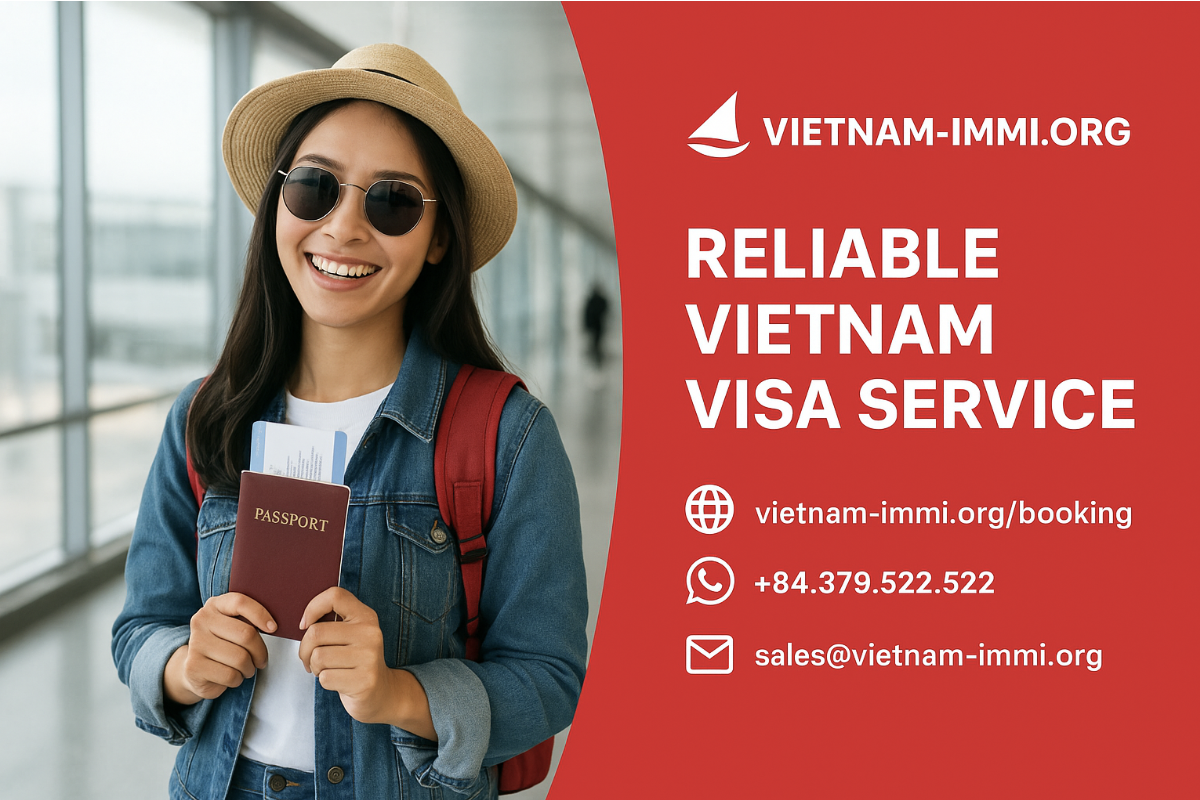
Last update: Thursday October 16, 2025
Applying for a visa online has become increasingly popular thanks to its convenience, accessibility, and speed. With just a few clicks, travelers can submit their information and receive their eVisa electronically — without visiting an embassy or consulate. However, not all online visa services are trustworthy.
This article discusses the disadvantages of applying for a visa online if you don’t know how to identify legitimate services, the problems with online visa applications, and how to protect yourself from fake eVisa websites and fraudulent visa services online.
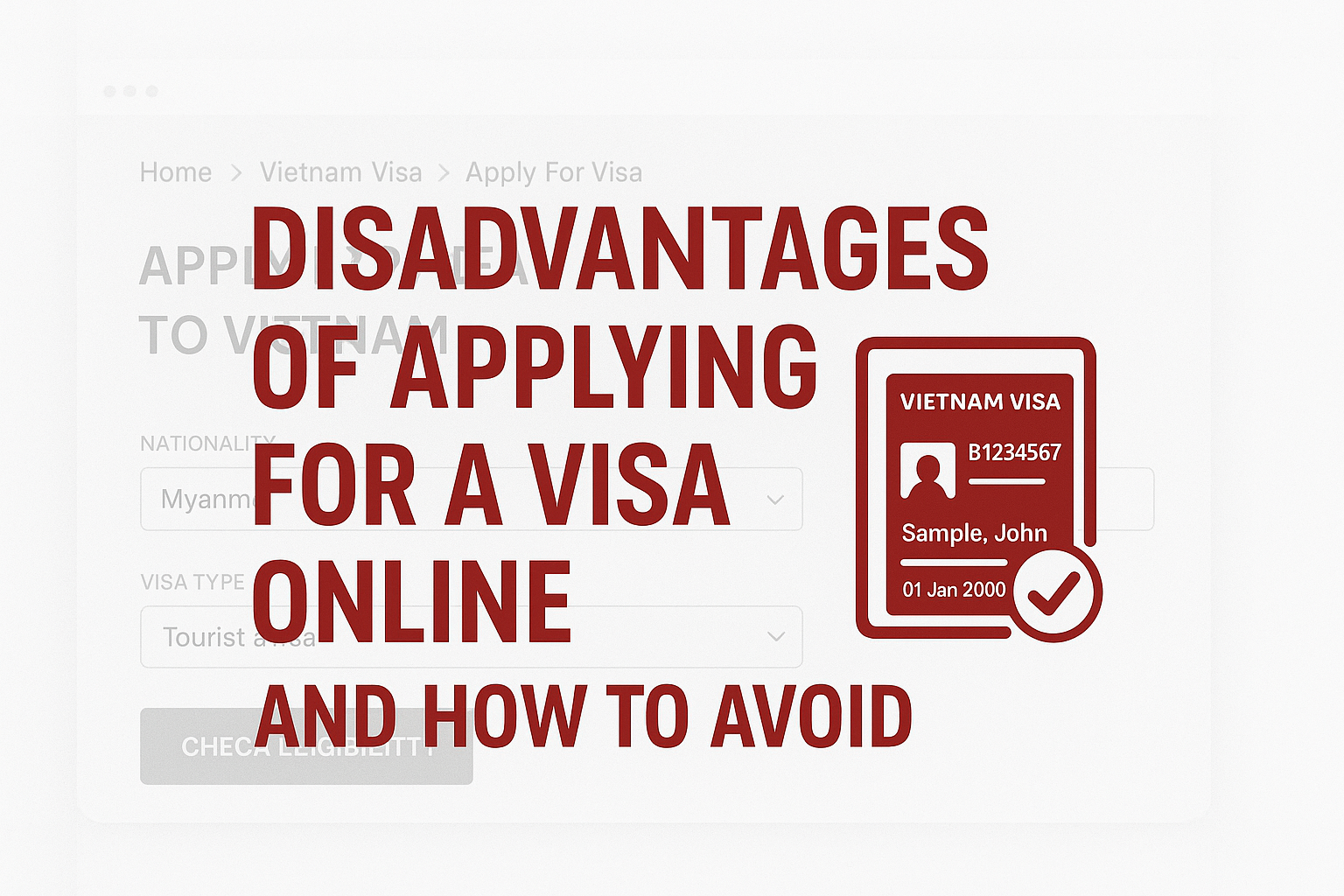
While many legitimate visa services operate online, the internet is also home to a growing number of unreliable and even fraudulent platforms. Here are some of the most common problems travelers face when applying for a visa online without checking the source carefully:
Fake eVisa websites often look professional and appear legitimate at first glance. They may copy the design and language of real government websites, misleading travelers into submitting their personal details and payments without informing their company information. Unfortunately, once the payment is made, these fake operators either disappear completely or send invalid visa documents.
Victims of these scams not only lose money but also risk having their personal data — including passport details and contact information — misused.
Even when a website seems authentic, not all visa service providers operate ethically. Some charge excessive fees without providing clear explanations, while others process applications slowly or fail to deliver any updates. In some cases, travelers discover that their applications were never submitted to the official immigration system at all.
These fraudulent visa services online exploit travelers who may not know how to verify the authenticity of a company. The result can be costly, stressful, and time-consuming.
Another major issue with unreliable visa services is the lack of clear communication. Many websites fail to explain the process — what happens after you submit your application, how long it will take, and who you can contact for updates. This lack of transparency can leave travelers anxious and unsure whether their visa will be ready before their departure date.
When problems arise, it’s often impossible to reach customer support. Some fraudulent operators provide fake contact numbers or ignore messages altogether.
Secure payment processing is crucial when applying online. Unfortunately, some fraudulent websites do not use trusted payment gateways. This exposes applicants to risks such as unauthorized charges, data theft, or compromised bank information. Always ensure that a website uses reliable, encrypted payment platforms like OnePay or PayPal before making any transaction.
The good news is that these issues can be avoided with a few simple precautions. Before submitting your application or payment, take time to verify the company’s legitimacy and reliability.
Always apply for your visa through reputable and recognized platforms. Look for established companies with clear online visibility, verified contact details, and a strong reputation. If you are unsure about a website, search for customer reviews or news articles about the company before proceeding.
A legitimate visa service provider will never hesitate to share their business license or company registration details. Ask for their official company name, address, and license number to confirm they are authorized to provide visa services.
Reading real customer feedback is one of the best ways to assess reliability. Check for consistent positive reviews, verified testimonials, or independent ratings on trusted platforms.
Before applying, ask about what happens before and after you submit your visa request. Reliable providers will explain each step — from document submission to visa delivery — and provide an estimated processing time.
Make sure the website uses secure, encrypted payment gateways. Always look for services that accept OnePay, PayPal, or other verified payment systems to protect your financial information.
At Vietnam-Immi.org (a brand of The One Digi Corp), we understand the challenges travelers face when navigating online visa applications. With over 15 years of experience in the tourism industry, our team provides reliable, transparent, and secure Vietnam visa services trusted by thousands of international travelers.
Here’s why Vietnam-Immi.org stands out:
1. Licensed and Verified Business
We operate under a valid business license as part of The One Digi Corp. Our credentials are publicly available and can be verified upon request, ensuring full transparency.
2. Seamless Application Process
Our system is designed for simplicity. All communication and processing are handled via email, making it easy for you to submit documents, receive updates, and get your visa delivered electronically without unnecessary steps.
3. Secure Payment Options
We use OnePay and PayPal, two of the most secure and trusted payment gateways worldwide. This ensures that your personal and financial information remains fully protected.
4. 24/7 Customer Support
Our support team is available around the clock to assist you through multiple communication channels — Hotline, Email, WhatsApp, and Zalo. No matter your time zone, our representatives are ready to help with any questions or updates about your application.
5. High Customer Satisfaction
Thousands of travelers have rated our service highly for professionalism, responsiveness, and reliability. Our commitment to excellence has made us one of the most trusted visa service providers for travelers to Vietnam.
6. Transparent Pricing
All fees and service options are clearly displayed on our website once you fill out the visa application form. There are no hidden costs, and you’ll always know what you’re paying for before proceeding.
7. Mobile Application for Easy Access
To make the process even more convenient, we offer a user-friendly mobile app where you can apply, track your visa, and contact support directly:
At Vietnam-Immi.org, we have helped thousands of travelers to obtain their Vietnam visa quickly, securely, and without hassle. Our mission is to provide professional service with clear communication and full transparency every step of the way.
Whether you need a fast visa, airport fast track, private car, or eSIM, Vietnam-Immi.org is here 24/7 to support your trip.
Whatsapp: +84379522522
Hotline: +84.379.522.522
Email: sales@vietnam-immi.org
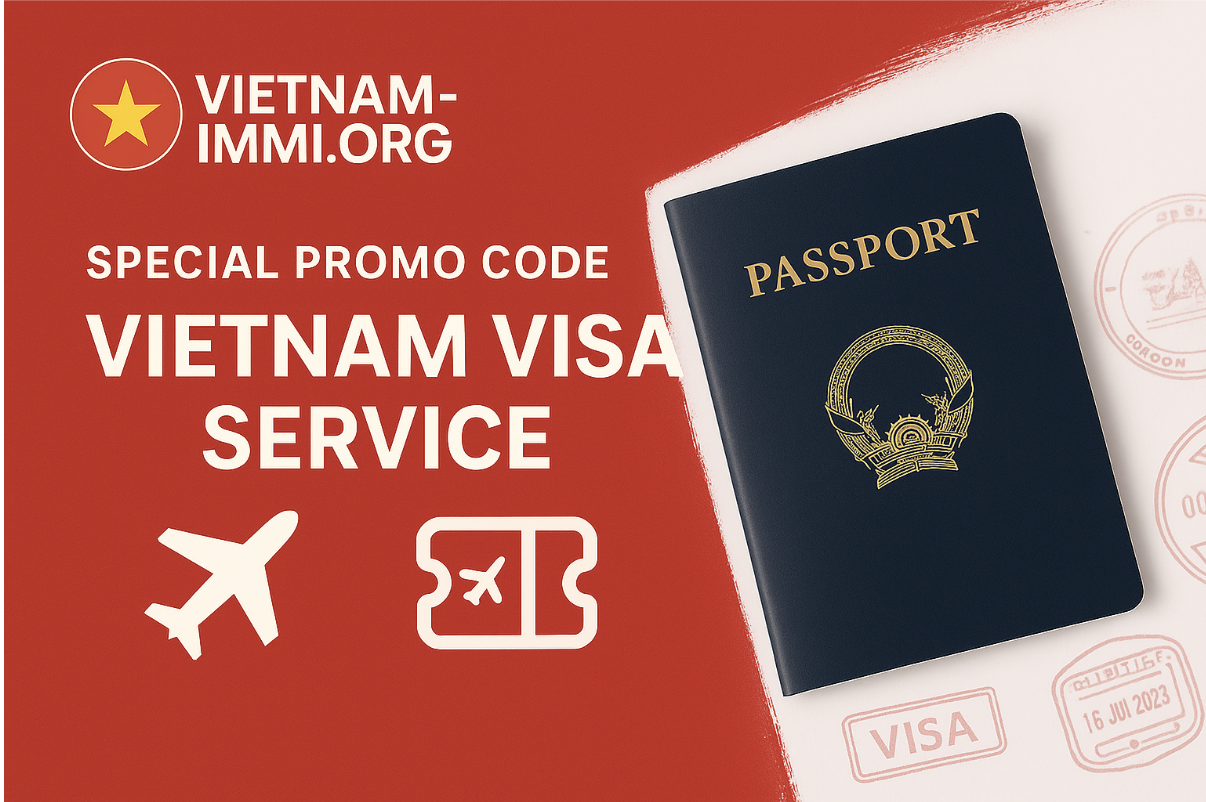
Last update: Tuesday October 14, 2025
Planning a trip to Vietnam? Whether you're traveling for business, leisure, or a family visit, securing your visa and planning your airport arrival shouldn't be a hassle. That’s where Vietnam-Immi.org comes in — a trusted visa agency offering reliable visa services, airport fast track assistance, and convenient car transfers.
But here’s the best part: you can now save even more by using a Vietnam-Immi.org promo code when booking your services. Read on to learn how you can take full advantage of these discounts, what services are offered, and why thousands of travelers choose Vietnam-Immi every day.
Fast & Reliable Visa Processing
User-Friendly Website and Mobile App
24/7 Customer Support via WhatsApp or Hotline
Whether you’re a solo traveler, a family, or a large group, Vietnam-Immi’s services are tailored to provide maximum convenience.
Vietnam-Immi.org offers two main visa options depending on your nationality and travel preference:
1-month visa or 3-month visa, single or multiple entries
Apply here: E-Visa Booking
You can read more about it on our Blog: Vietnam E-Visa – It’s Never Been Easier To Explore Vietnam
1-month visa, single or multiple entry
Apply here: VOA Booking
You can read more about it on our Blog: Vietnam Visa On Arrival (VOA) Instructions: A Complete Guide
Total fee depends on your nationality and the processing time options.
You can check the full pricing details for more types of visa, please look for the visa service pricing page or get in touch with our support team via Hotline/WhatsApp: +84.379.522.522 for personalized assistance.
After a long flight, the last thing you want is to wait in line at immigration. Vietnam-Immi.org’s Arrival/Departure Fast Track Services help you breeze through the airport with minimal wait time.
$39 per person
From 5 passengers: $35 per person
$79 per person
From 5 passengers: $70 per person
Skip the lines and get airport assistance from our professional staff. You can book airport services easily here:
Fast Track Booking
Pro tips: If you are not familiar with the new Terminal 3 at Tan Son Nhat Int Airport, learn more at Your Complete Guide To Tan Son Nhat T3: Access, Transportation & Travel Tips
Vietnam-Immi also offers airport car pickup and drop-off with pricing based on the type of vehicle:
From $29 for a 4-seater to $135 for a 16-seater car (For travel to the suburbs, an additional cost may apply, please kindly contact us for further support).
Luxurious car options available on request. Kindly contact us for more information.
Need help choosing the right car for your luggage or group size? Contact support anytime.
Now, let’s get to the fun part: saving money!
Vietnam-Immi rewards loyal customers, large group travelers, and those who leave positive feedback. Eligible users can receive a promo code that gives them a discount on visa and airport services.
Returning customers
Group bookings
Customers who leave feedback or reviews
First time applicants contacting us for more information
Step 1: Contact Customer Support: Reach out via WhatsApp to request your promo code:
📞 +84.379.522.522
Step 2: Fill Out Your Application Form
Choose your service and complete the form:
E-Visa: Apply here
VOA: Apply here
Fast Track/Car Service: Apply here
Step 3: Enter the Promo Code
Look for the “Promo Code” field in the application form. Enter the code you received and click “Apply” to see your discount reflected immediately.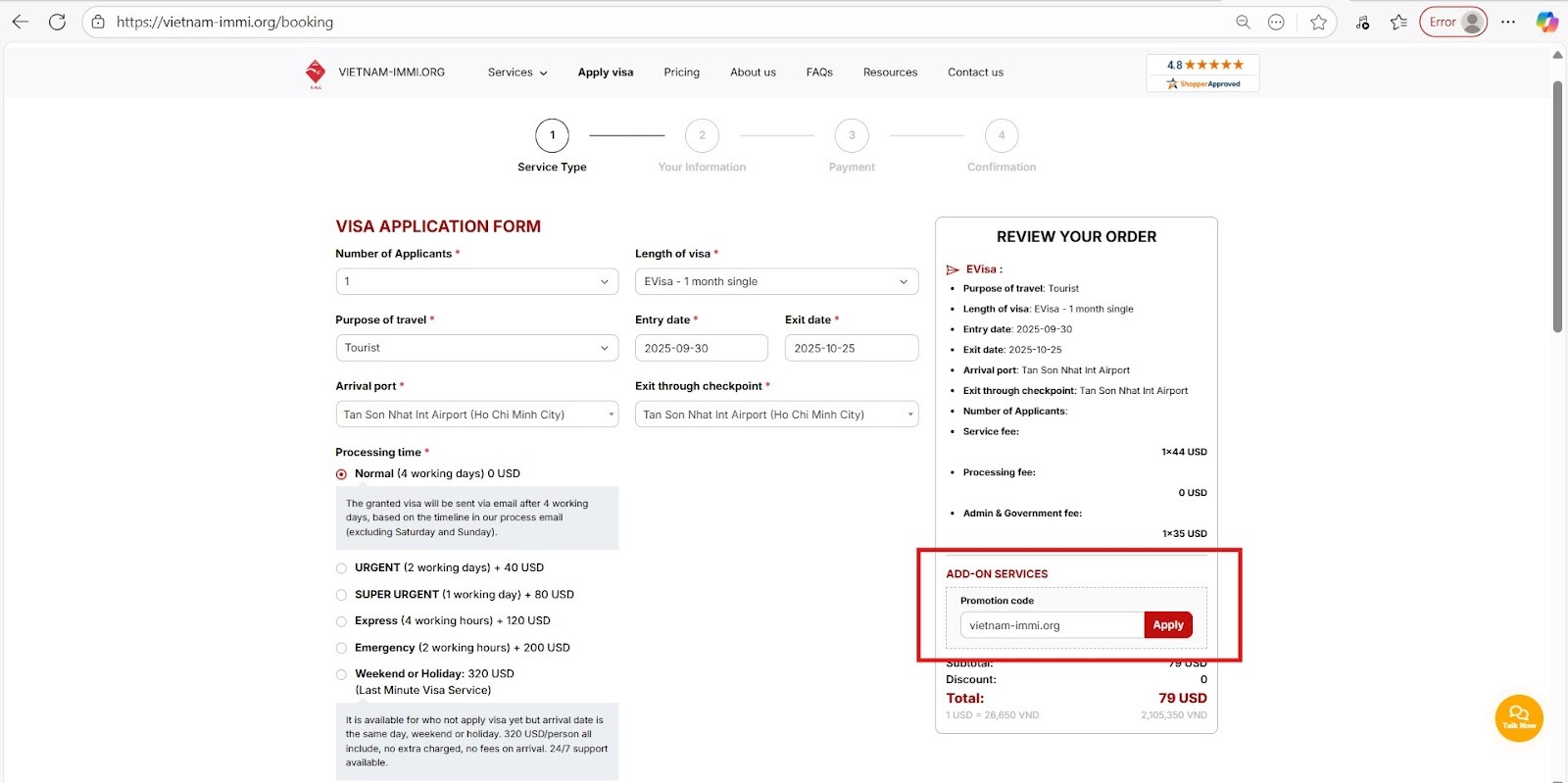
Example for visa application
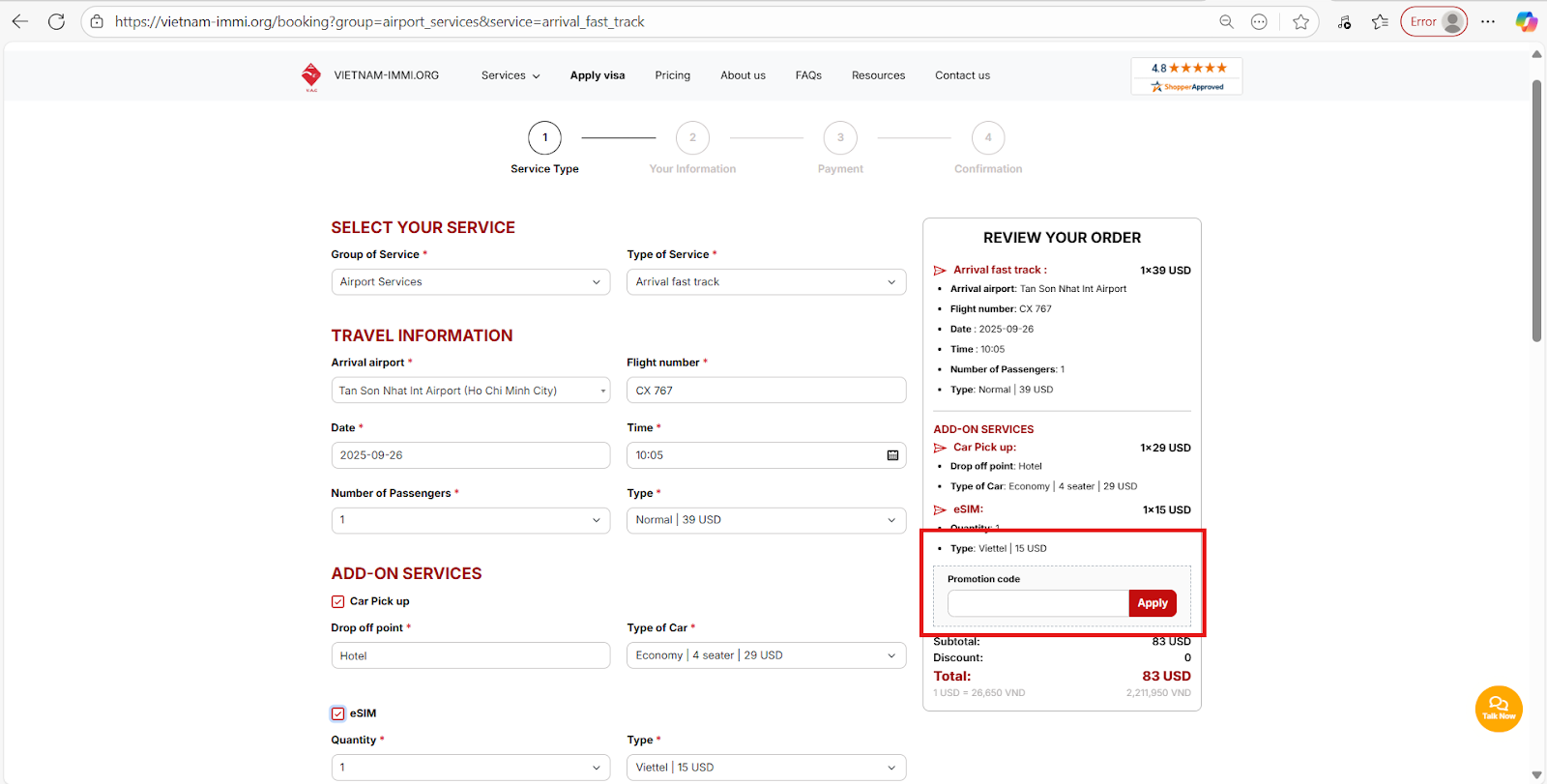
Example for Airport service application
Step 4: Submit & Pay
Once your discount is applied, review your application and proceed to payment. That’s it — you're all set!
Vietnam-Immi.org goes beyond just a website — they’ve made it even easier to apply on the go with their mobile app.
Download the Vietnam-Immi App:
For iOS: Download on App Store
For Android: Download on Google Play
Through the app, you can:
Submit new visa or service applications
Track your application status
And with exclusive promo codes available for group bookings, loyal customers, and reviewers, there’s no reason not to take advantage of these savings.
So the next time you're headed to Vietnam, trust the experts who make your entry smooth, fast, and affordable — and don’t forget to ask for your promo code!
Contact us and let us know your travel plans! Whether you’re coming for leisure or business, our team is here to support you with the latest Vietnam visa updates, urgent visas, and Fast Track airport services.